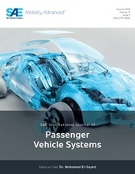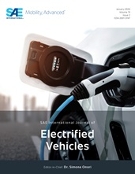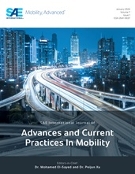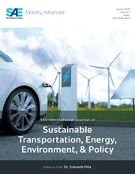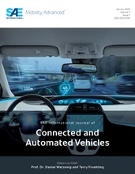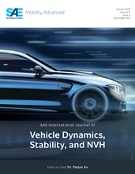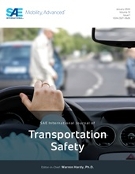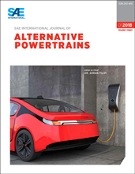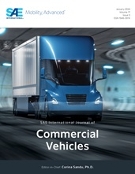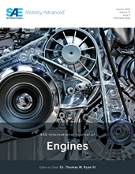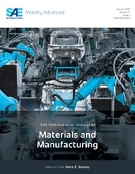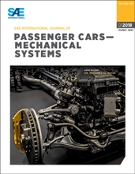Your Destination for Mobility Engineering Resources
Recently Published
Browse All2024–2025 Reviewers
As a zero-carbon fuel, ammonia has the potential to completely defossilize combustion engines. Due to the inert nitrogen present in the molecule, ammonia is difficult to ignite or burn. Even if the ammonia can be successfully ignited, combustion will be very slow and there is a risk of flame quenching, i.e. the flame going out before the ammonia-air mixture has been almost completely converted. Both the difficult flammability and the slow combustion result in high ammonia slip, which should be avoided at all costs. The engine efficiency is also greatly reduced. Safe ignition and burn-through can be achieved by drastically increasing the ignition energy and/or using a reaction accelerator such as hydrogen. The planned paper will use detailed 1D and 3D CFD calculations to show how high the potential of ammonia combustion in an internal combustion engine is when an active pre-chamber is used as the ignition system. As a result of the flame jets penetrating into the main combustion chamber
The path toward carbon-neutral mobility represents one of the greatest cultural transformations in recent human history. Positioned between industrial heritage, emerging mobility technologies, and the energy supply sector are the users of 1.5 billion motor vehicles worldwide. Conflicting publications on raw material availability, energy efficiency, and the climate neutrality of propulsion systems have led to widespread uncertainty. This Illustrated Energy Primer provides a new foundation for orientation. It begins with a visual explanation of the basic concepts of energy and power, followed by illustrative comparisons of typical energy demands in vehicles and households. The focus then shifts to common types of energy generation systems. Using regional examples—from coal-fired power plants to wind farms, solar installations, and balcony solar panels—the guide provides clear and accessible performance benchmarks for energy production. Next, nine individual experience profiles highlight
Thermal runaway in lithium-ion batteries represents a critical safety challenge, particularly in high-voltage battery systems used in electric vehicles and stationary energy storage. A comprehensive understanding of the multi-scale processes that initiate and propagate thermal runaway is essential for the development of effective safety measures and design strategies. This study provides a structured theoretical overview of the thermal runaway phenomenon across four hierarchical levels: electrode, single cell, module, and high-voltage battery system. At the electrode level, thermal runaway initiation is linked to electrochemical and chemical degradation mechanisms such as solid electrolyte interphase decomposition, separator breakdown, and internal short circuits. These processes lead to highly exothermic reactions that, at the cell scale, can result in rapid temperature increases, gas generation, and overpressure. On the module and system levels, thermal runaway can propagate through
